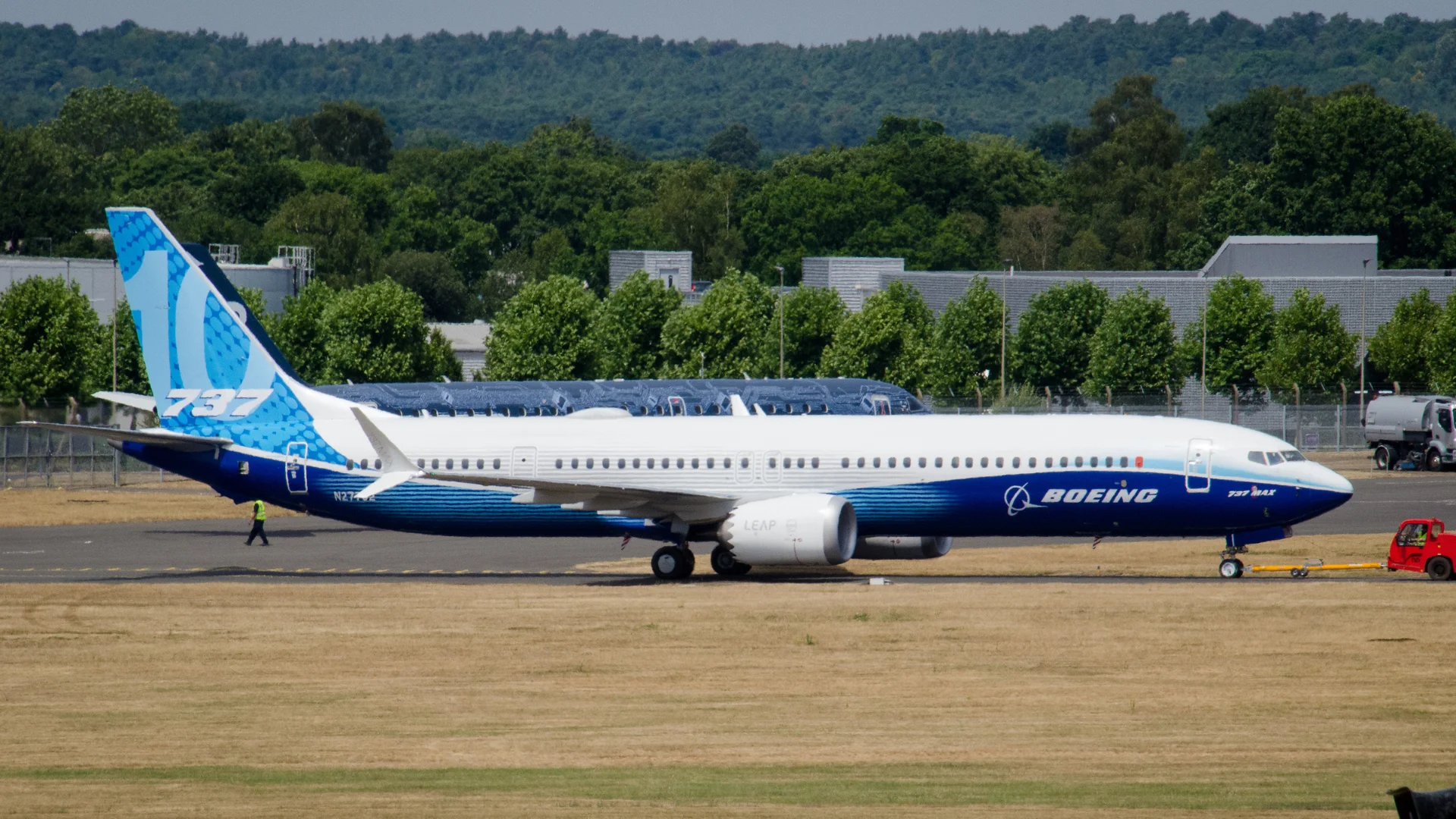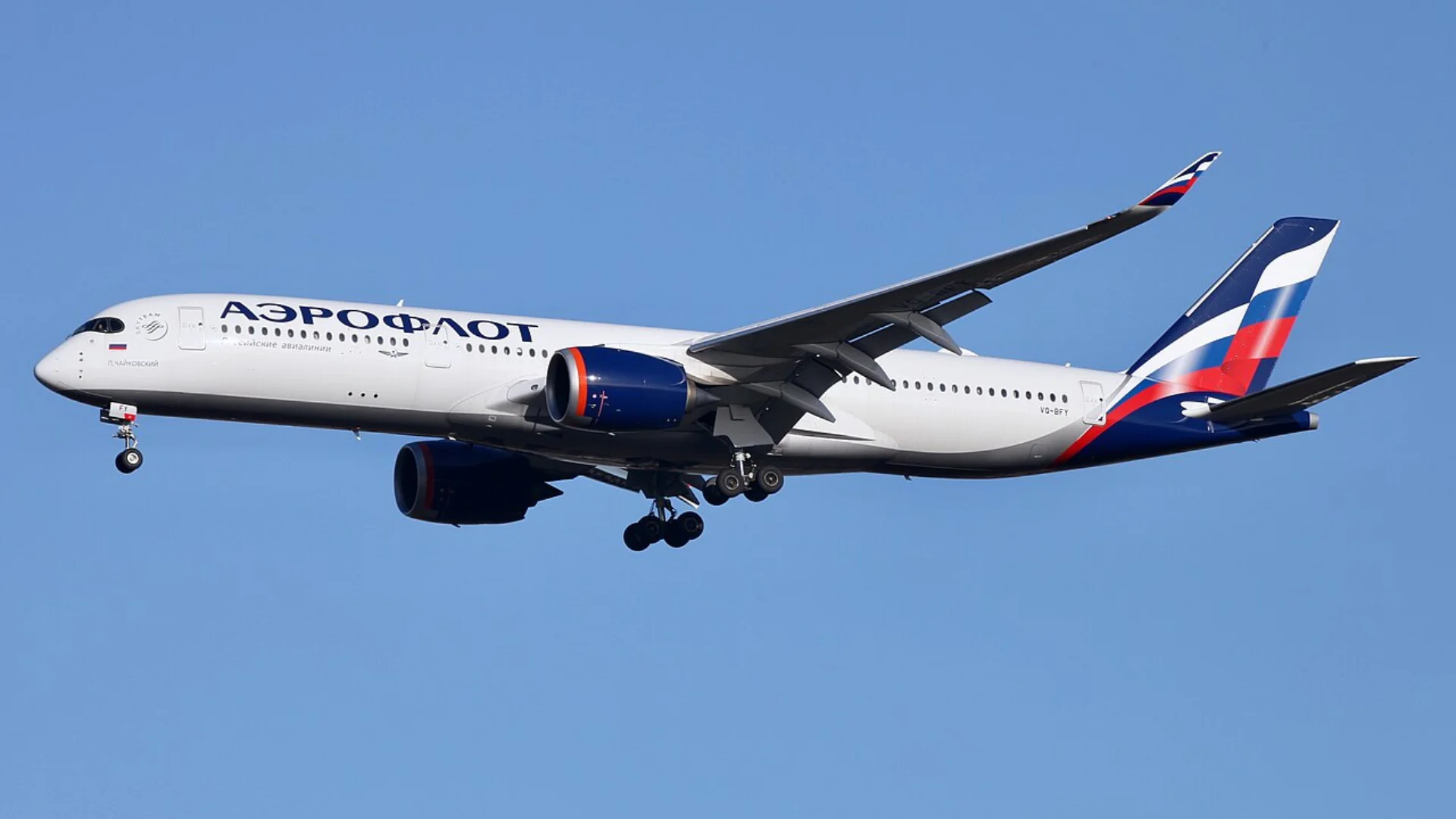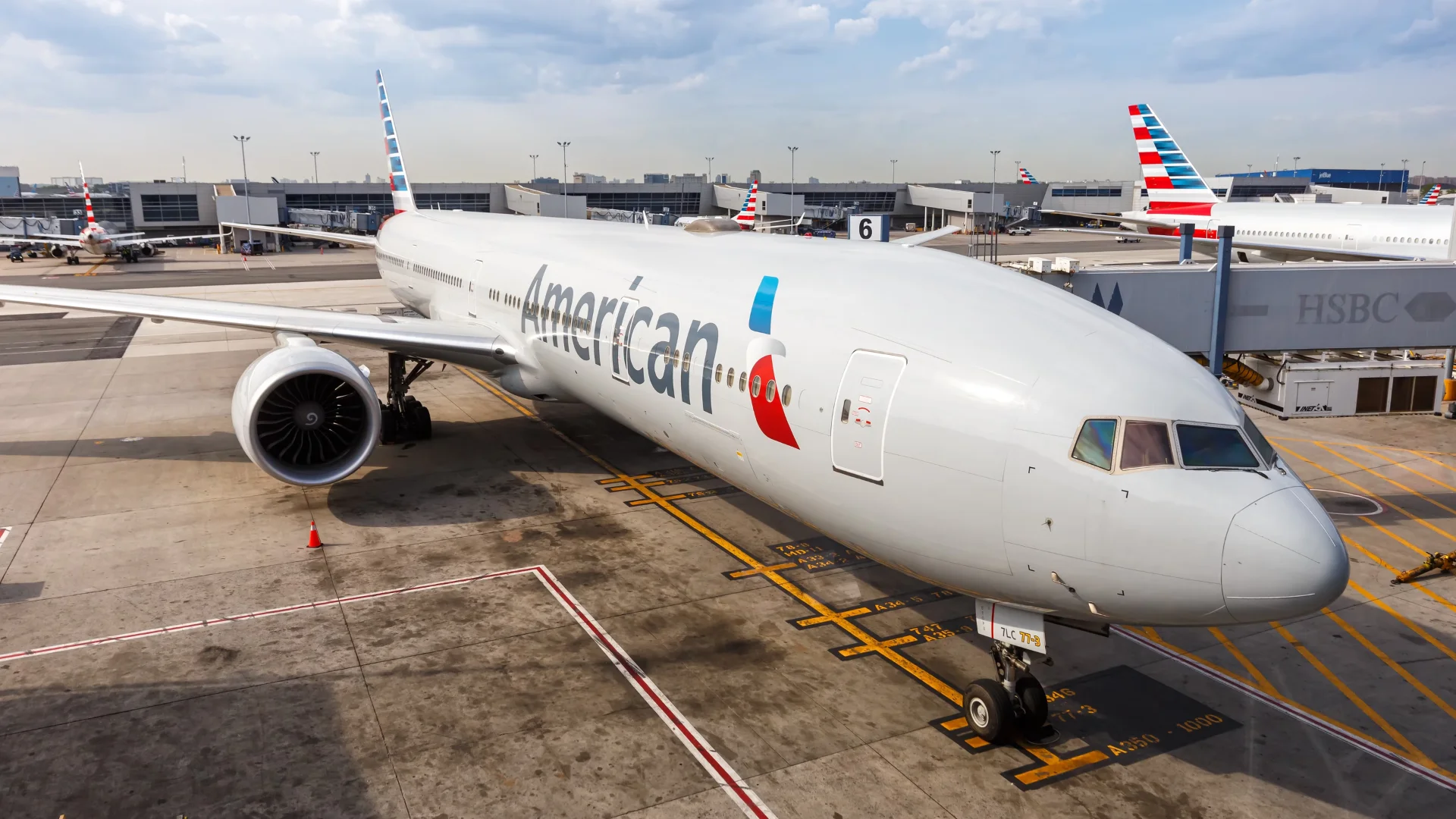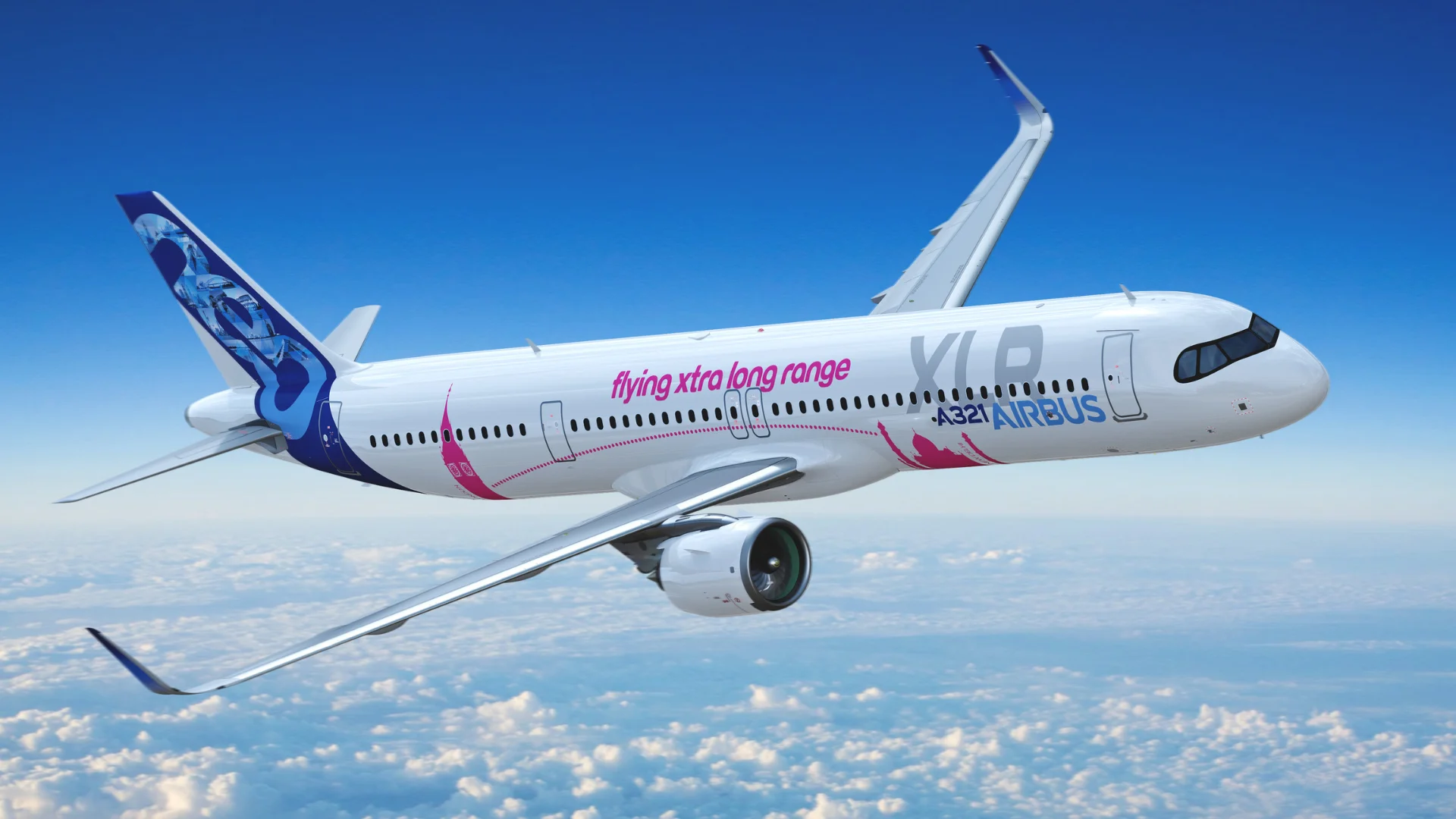Pilot-induced oscillation (PIO) is a critical issue in aviation, characterized by a feedback loop where the pilot's control inputs exacerbate rather than stabilize an aircraft's flight path. Modern advancements in automated flight control systems aim to reduce the incidence of PIOs but can sometimes complicate situations by competing with pilot inputs.
Skybrary describes PIOs as "sustained or uncontrollable oscillations resulting from the efforts of the pilot to control the aircraft.” The oscillations occur when a pilot inadvertently commands increasing series of corrections in opposite directions.
Recent incidents, such as a Boeing B777-300ER operated by Air France at Tokyo Narita Airport, highlight how PIOs can arise during critical phases of flight like landing.
 Alerts Sign-up
Alerts Sign-up


















